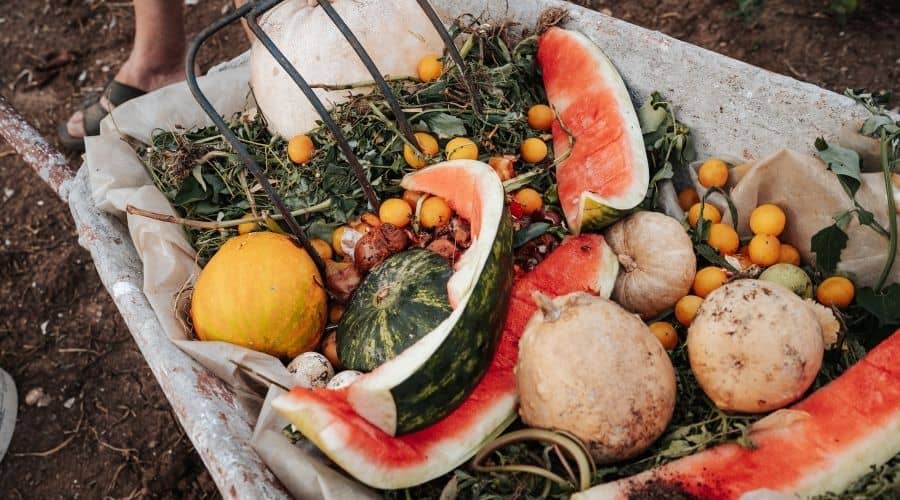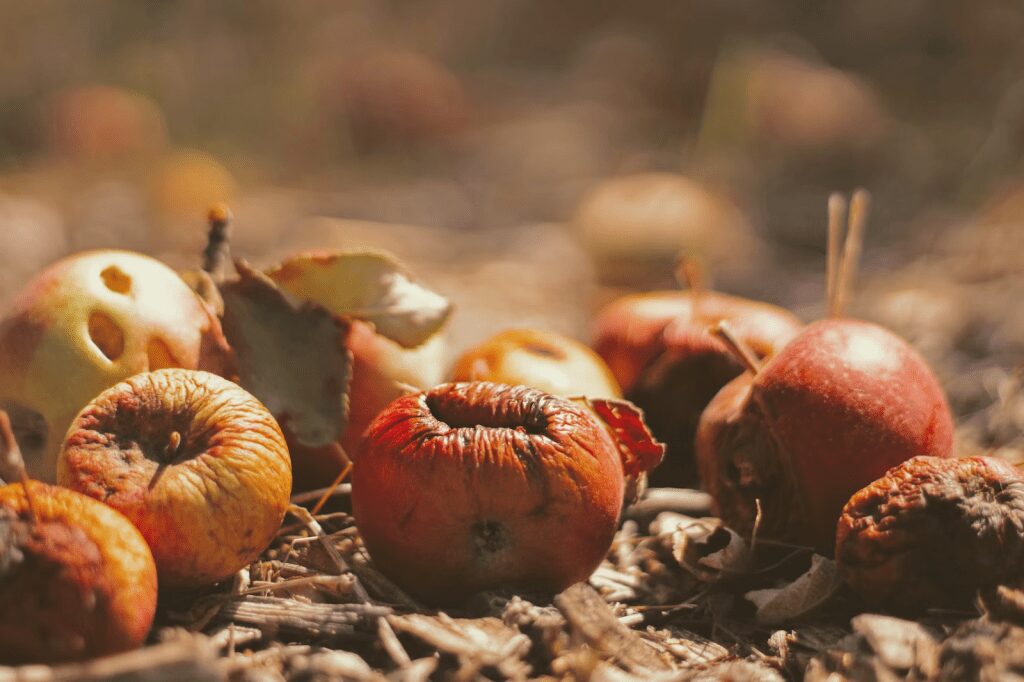
When discussing waste management, you can segregate it into different sections, and food waste is one of them. Do you know how many meals go to waste in the US? The data suggest 130 billion meals worth over USD$408 billion. The rescue programs recover only about 3.6 billion pounds of it.
At an individual level, the statistics reflect that one American person wastes over 650 apples of medium size. In terms of weight, it is 219 pounds. Unfortunately, this item alone forms 22% of the garbage in the country’s landfills. Research also indicates that those who consume more fruits and vegetables often waste more food than others as they throw them out frequently.
Burdening the landfills is unfavorable for any region or overall environmental health. Whether you eat vegetarian or non-vegetarian meals, you can reduce your carbon footprint by installing sink waste disposal by Kraus or some other reputable brands. The scraps in the garbage disposal unit are to be churned and drained into the drainage system to mingle with the central sewer network. It doesn’t need to fill the dumping grounds. Furthermore, the experts say Arizona deals with at least 40% of food waste annually. Let’s dig into some more insights to understand the situation better and adopt a few choices that lower wastefulness.
Daily food wastage

American households eliminate 150,000 tons of food daily. It means one person wastes at least one pound of food. As mentioned earlier, healthy diets consisting of fruits and vegetables usually cause more wastage because of the frequent need to get rid of unused or rotten items. Such diets also lead to the higher use of pesticides and water.
If you want, you can cut down on this waste type by stocking up only as many items as you can eat and add to your menu for three to four days. Buy delicate fruits and vegetables in lesser quantities depending on the occasion. You can have a few extra things if you host a dinner or get-together. Else, you can restrict your urge to hoard. Visit the farmer’s market frequently whenever you find the time. Your fridge will have all the fresh ingredients without overflowing.
Misunderstanding of expiration labels
It is a revelation that over 80% of people in the US misinterpret the expiration dates and end up throwing away good food, creating more pressure on the nation’s landfills. The most confusing terms on the label are “best if used by” and “sell by.” Consumers believe these terms apply to the expiry date. Some countries suggest regulating or standardizing expiry dates or labels can help overcome food waste issues contributed by households by almost 20%.
Other interesting highlights

Another shocking revelation by studies is that about 35-45% of the food supply goes without consumption. It means one American person chucks about 40% of their purchased food in the trash. It’s a tremendous amount of wastage of nourishment if contemplated. If you are a four-member family, you can estimate your household food wastage to be worth USD$1,500 – USD$1,600 per year; it makes up a loss of 1,250 calories per individual daily.
On deeper digging, one would also realize that American landfills contain more than 33% of food waste and yard trimmings. If one wishes, every household can check this wastage at their levels by turning to compost. All these are organic materials. When you turn them into compost, you can revive and nourish your gardens. At the same time, it decreases the landfill’s load.
Do you know to make compost? Don’t worry if you didn’t try this. You get compost tumblers and bins in different versions and sizes. Please choose one of them based on your requirement. If this looks like a task, talk to your neighbor, who can be interested in taking your food and yard waste to feed organic compost to their gardens.
Why should one bother about massive food waste?
While wasting food is one concern and the increasing load on the landfill is another, there is more to worry about than these apparent conclusions. For the uninitiated, wasted food items release methane gas in the environment, one of the leading greenhouse gases apart from carbon dioxide. Although it dissolves faster, methane can cause 80 times higher heat, impacting climate change. Even during the pre-industrial era, methane’s contribution to climate change has been around 30%. If not controlled on time, it can wreak havoc. Incidences of wildfires will increase, paving the way for the production of harmful smoke covering mile after mile. The ozone layer will weaken. Countries will deal with moody weather and temperatures.
To be precise, VOCs and other sources of air pollution can hamper anyone’s health – even a healthy adult’s. The country already accounts for 30-40% of food waste that occupies landfills. If you think about the amount of greenhouse it generates, you can imagine it to be at par with what 37 million vehicles and 40 power plants running on coal do.

A few takeaways
One of the main concerns associated with food waste is the methane gas emission that contributes heavily to climate change. And food waste is not a stand-alone factor. It also leads to wastage in other areas, such as more water, energy, land, and labor consumption.
Think about the entire cycle of the food supply chain, including production, processing, transportation, preparation, storage, and disposal. Plus, the amount of food American households dispose of is similar to what grocery stores and restaurants do. Homes waste around 43% of food, and it’s a glaring reality. Most wasted food items include bread (240 million slices), grain products (38%), etc.
If these things appall or appeal to you, it’s time to take corrective measures. One simple step is installing a garbage disposal. It will turn food scraps into tiny bits to flush them away in the sewer. Landfills will feel lighter.
Another habit you can adopt is composting. If you have a garden and you love gardening, this should only make your job more fun. Finally, buying only as much as you can consume is critical. Anything with a shorter shelf-life should enter your home in limited quantities. It’s best to buy fresh produce.








